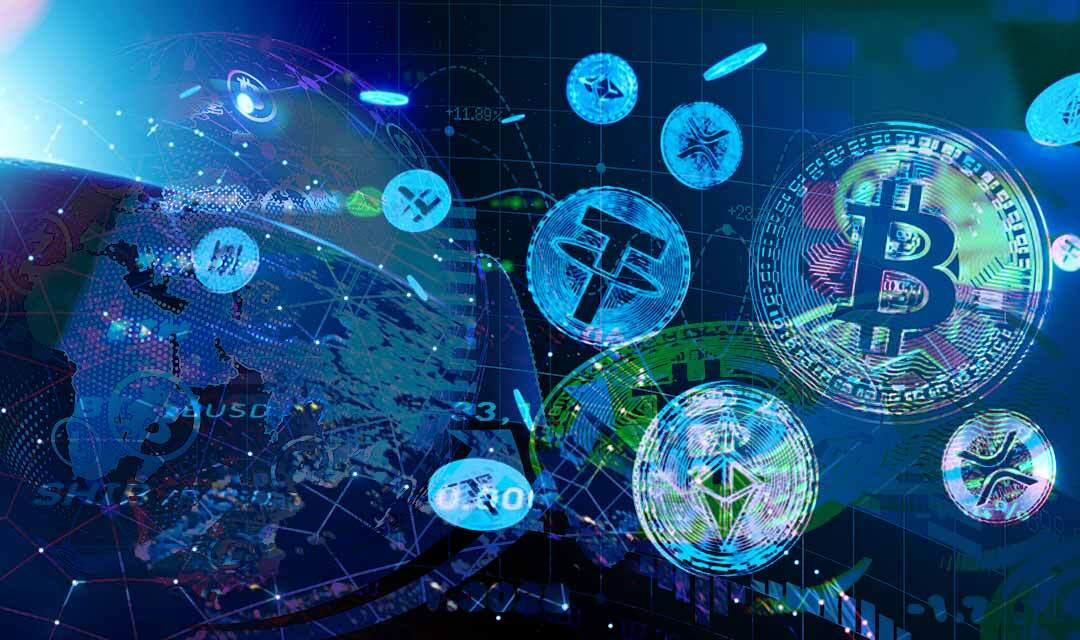Subscribe
"Unlock exclusive insights and elevate your financial wisdom with NetWorth.com — subscribe now to stay ahead in the wealth game!"

It’s no secret that the cryptocurrency world is obsessed with decentralization. But what does that mean, and why is it so important?
This article will explore the history of decentralization, how it works in the crypto world and the benefits and challenges of achieving it. We’ll also examine some of the exciting possibilities for the future of decentralized technology.
Cryptocurrencies are still in their early stages, and there is much room for improvement regarding decentralization. For example, Bitcoin is not as decentralized as many believe, and Ethereum has been criticized for its centralization of nodes.
However, some projects are making significant strides towards true decentralization. For example, the EOS blockchain has been designed with decentralization, and the IOTA network is entirely decentralized. These projects may not be perfect, but they are a step in the right direction.
Overall, it is clear that the crypto world is obsessed with decentralization. This is a good thing, as decentralization is essential to the success of cryptocurrencies. However, the market still has a long way to go before it achieves true decentralization.
The history of decentralization in the crypto world can be traced back to the early days of Bitcoin. Bitcoin was a completely decentralized network at that time with no central control points. Anyone could participate in the network and use Bitcoin to send or receive payments.
However, over time, centralization has gradually emerged in the Bitcoin network. Today, a small number of miners control a large majority of the hash power and can effectively block any changes that they disagree with.
This has led to concerns about censorship and governance issues in the Bitcoin network. Other cryptocurrencies have tried to address these concerns by implementing more decentralized architectures.
Cryptocurrencies are based on a distributed database or ledger, essentially a collection of records or transactions kept in a public database and cannot be changed without the network’s consensus. This makes cryptocurrencies extraordinarily secure and difficult to hack.
However, the level of decentralization in crypto varies from currency to currency. Some cryptocurrencies, like Bitcoin, are more decentralized than others. For example, Bitcoin is based on a blockchain managed by a network of computers worldwide.
This makes it difficult for any one party to control the Bitcoin network. In contrast, other currencies are based on centralized systems where a single party controls the entire network.
So, how do you know how decentralized a cryptocurrency is? One way to measure decentralization is by looking at the number of nodes or computers participating in the network.
The more nodes there are, the more decentralized the currency is. Another way to measure decentralization is by looking at the distribution of nodes across different geographical areas.
The currency is more decentralized if nodes are spread evenly across different countries. If most nodes are located in one country, then the currency is less decentralized.
Ultimately, the level of decentralization that you want in a cryptocurrency depends on your personal preferences. Some people prefer more decentralized currencies, while others prefer less decentralized coins. It’s up to you to decide which level of decentralization you like.”
Decentralization in the crypto world comes with several perks, such as:
However, we are still far from achieving true decentralization in crypto. For instance, central points of control still exist, such as:
True decentralization would mean no single point of control or failure. This would make the crypto world more resilient and secure.
To achieve true decentralization, the sector needs to continue working on decentralizing key infrastructure components, such as exchanges and mining pools.
Market operators also must promote decentralized alternatives to centralized services, such as stablecoins and decentralized finance (DeFi) protocols.
The challenges of decentralization are many and varied. One of the biggest challenges is ensuring that all participants in a decentralized system are acting in good faith and are not trying to game the system.
Another challenge is ensuring that the system remains secure and efficient despite lacking a central authority.
One of the most promising aspects of decentralization is its potential to help reduce inequality. By empowering individuals and giving them more control over their resources, decentralization could help to level the playing field.
However, decentralization is also associated with challenges that could potentially exacerbate inequality.
For example, suppose a small number of people control a large part of the resources in a decentralized system. In that case, the percentage of t they could use their power to manipulate the system for their benefit.
The future of decentralization is looking bright. With more and more people becoming interested in crypto, the infrastructure needed to support a truly decentralized world is slowly being implemented. However, there are still some hurdles to overcome.
One of the biggest challenges facing decentralization is governance. How can new crypto projects create a system that allows for decentralized decision-making without leading to chaos and anarchy? This is still an open question that needs to be answered.
Another challenge is security. How can one ensure that data and assets are safe in a decentralized world? Again, this is an area that still needs some work.
But despite these challenges, the future of decentralization looks bright. With continued innovation and growing interest from the community, this market can create a genuinely free and open world.
The article concludes by stating that the future of decentralization looks bright, despite the challenges that still need to be overcome.
These challenges include governance and security, but they are not insurmountable. With continued innovation and support from the community, new projects can create a truly decentralized and free world.